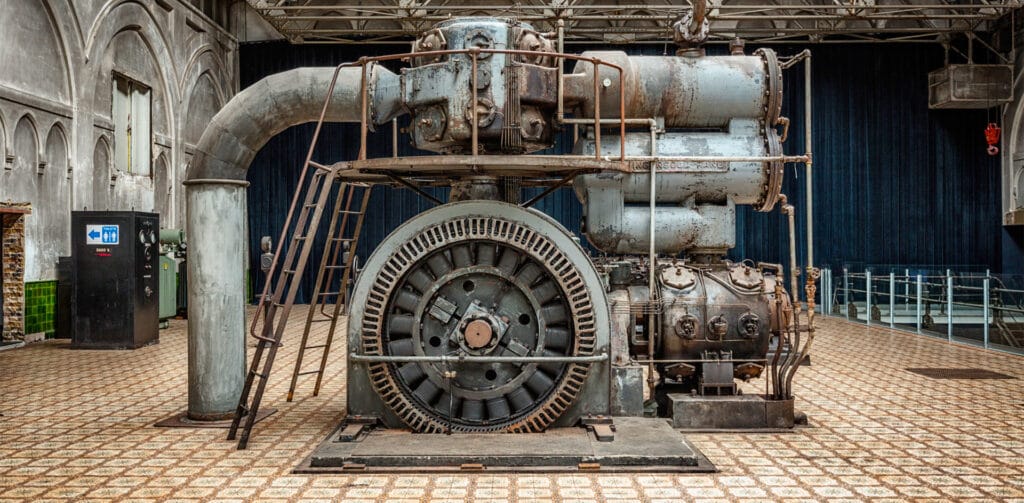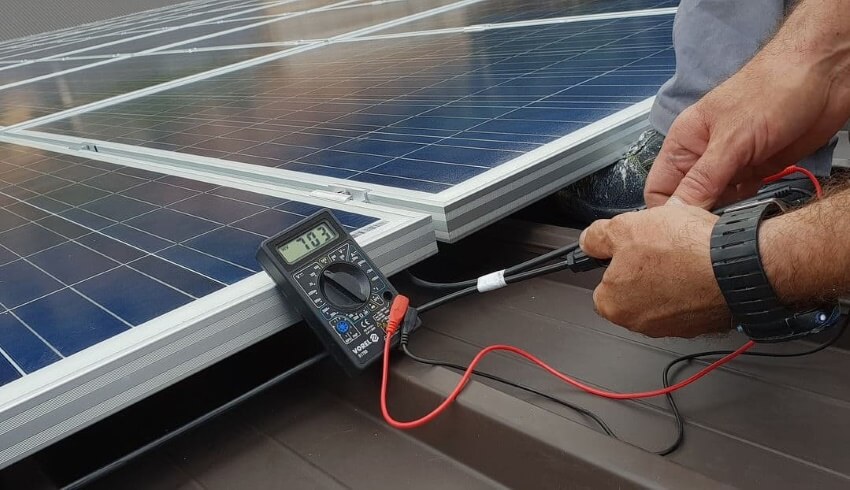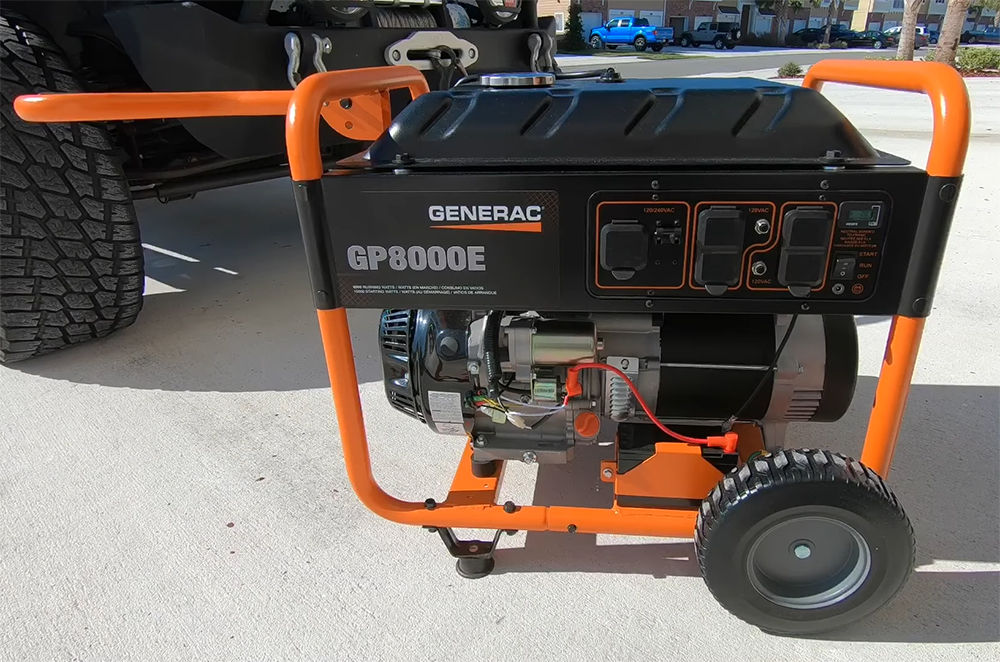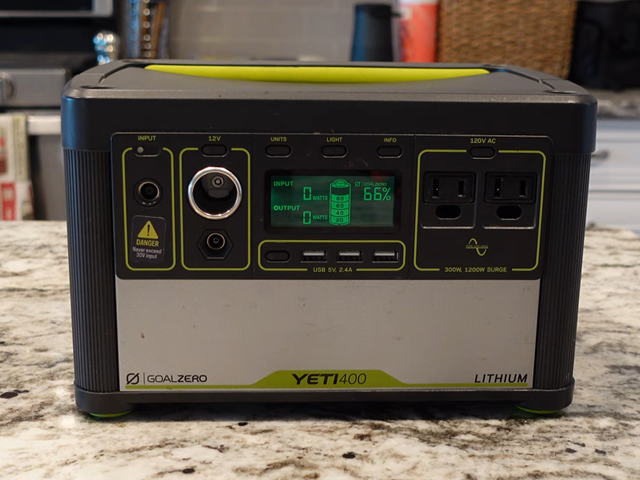
A generator has an electrical “memory” that must match that of the voltage regulator. Otherwise, the current from the battery will damage the generator. When used regularly, by using stored magnetism, also called residual magnetism Trusted Source Remanence - Wikipedia Remanence or remanent magnetization or residual magnetism is the magnetization left behind in a ferromagnetic material (such as iron) after an external magnetic field is removed. en.wikipedia.org (for more information see the Wikipedia link), the generator will “remember” the direction of the current. Meanwhile, if used for a long time, the magnetism will dissipate. What this means is that the generator has forgotten the direction with which the current flows. This also happens whenever the generator gets removed or is replaced in an electrical system. Knowing how to polarize a generator before getting it reconnected can save the generator and other connected devices from possible damages.
Contrary to intuition, generator polarization occurs at the regulator. The process seems difficult, but in fact, polarizing a generator is simple task. All that is required is a jumper wire and a few minutes. In this tutorial, we will teach you to polarize a 12-volt generator and a 6-volt generator.
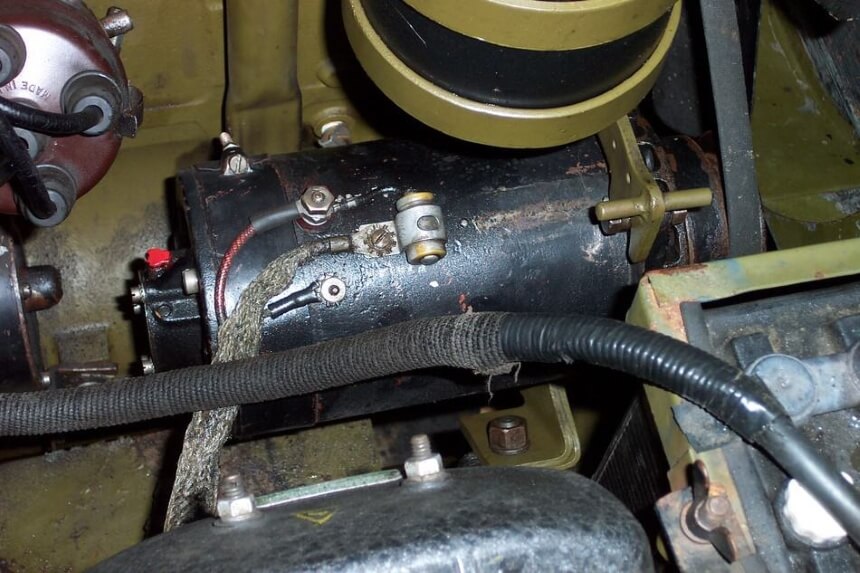
Whenever a generator is disconnected or removed from an electrical system, there is the need to have it polarized before it is returned or reinstalled to the system. Polarization matches the current flow correctly with the electrical system.
To further understand the term, polarization and its importance, you have to understand that when the generator is switched off, some electrical currents remain and are stored in the form of magnetic force. So, when next the generator starts, the stored magnetism is used in restarting the current’s flowing direction. The stored magnetism helps the generator remember which way the energy was flowing.
However, if the stored energy dissipates, your generator will not function and wouldn’t produce electricity. In fact, the common reason portable generators with 2000 to 3000 watts output fail to produce electricity is due to the loss of residual magnetism. The magnetism could reverse the flow of current and cause damages to appliances and the generator.
Generators produce negative or positive currents. However, most electrical systems can only accept a current that flows in just one direction. Meanwhile, if you are not sure of the polarity of your electrical system, you can check the manual provided by the manufacturer or, if such is not provided, or cannot be found, before continuing with the polarization, you can contact the generator manufacturer. By not properly polarizing the generator, you can damage the electrical system.
A polarization procedure will ensure the correct flow of current through the electrical system. The polarization procedure is relatively simple and requires just a few steps as we will see. This procedure requires just a few uncomplicated tools and can be carried out by any basic handyman with little or no technical knowledge. You only need to understand the concepts of the process before proceeding.
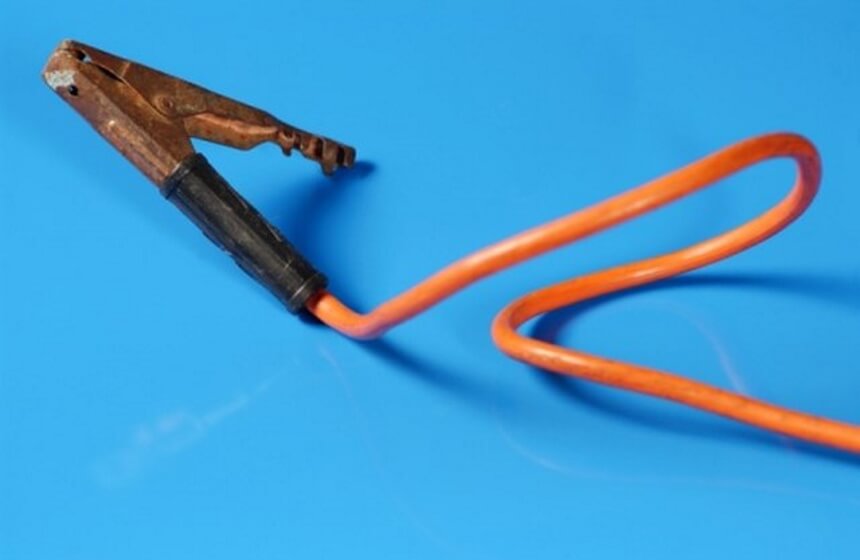
You should polarize the generator whenever you conduct maintenance on your generator or the electrical system. You should also do this whenever your generator is left idle for a long period (at least, after a few months of inactivity). When your generator is left idle for just a few months, it loses the stored magnetism. Hence, it will be unable to produce electricity except when it is polarized. However, this situation doesn’t cause the same damage level as a reversed current flow causes. But it still requires polarization.
So, whenever you maintain, repair, replace, disconnect, reconnect the electrical system or the generator is left unused for months or years, you have to polarize before using it, whether what you have is a Yamaha portable generator or traditional models from any other brand.
Whether you’re looking to see how to polarize a Ford generator or a Champion model like the portable Champion 2000-watt, or perhaps one of the n this section, we’ll show you the tools needed and the process to follow:
Not polarizing a 6-volt generator following disconnection, repair, or replacement can result in the damaging of the electrical system. Below are steps on how to polarize a 6 volt positive ground generator.
Instructions
You can install 12-volt generators either in a positive ground system or a negative ground system. Step one to three is ideal for both types of systems. However, there is a little variation with step four and what procedure you take depends on the ground system your generator has. So, you have to know the polarity of your electrical system. If you’re not sure, check the manual or contact the manufacturer.
Instructions
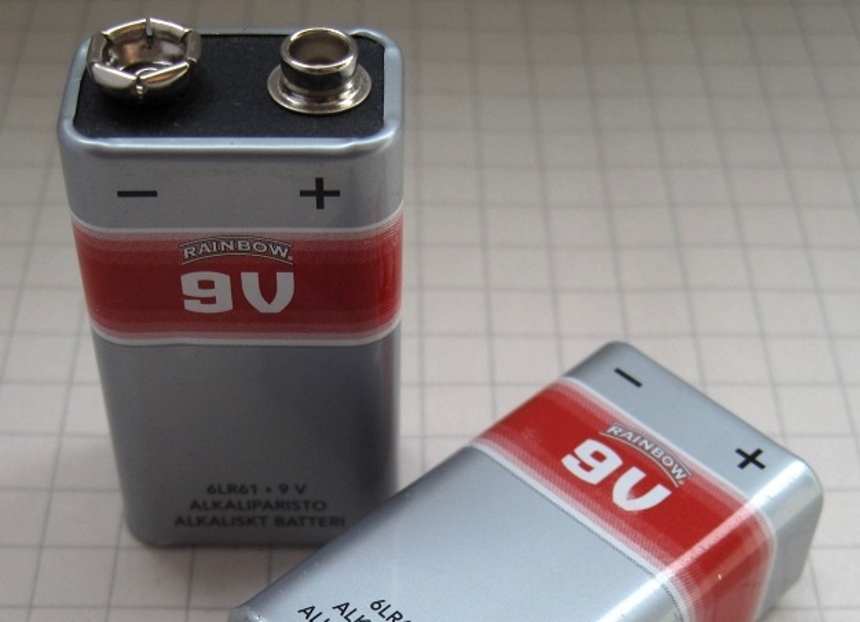
The procedure below explains how to continue with the polarization depending on the grounding system.
For negative grounds, brush the battery’s positive terminal labeled “+” with the end of the wire. This would cause some sparks. However, don’t make it stay connected for long as it can cause damages to the generator. The lost stored magnetism will therefore be restored within your generator. Hence, the appropriate polarity current will flow when you power on the generator.
If you’re sure your generator is positive ground, brush the battery’s positive terminal labeled “-” with the end of the wire. This would cause some sparks. However, don’t make it stay connected for long as it can cause damages to the generator. The lost stored magnetism will therefore be restored within your generator.
Yes, you can do without polarizing your generator. But this advice is only dependent on how the generator is used and its condition. If you use your generator regularly, without lengthy layoffs, and without disconnection from the electrical system, you wouldn’t need polarization. When the generator is switched off, there will be residual magnetism left, saving the last “memory” on the flow of current. Meanwhile, in the case where you need to maintain, repair, or replace (one of which is likely within a year), then you have to polarize the generator to keep it safe and working.
As explained earlier, the reason for the need for a generator polarization is due to the loss of stored magnetism. If you refuse to do the polarization or fail to make the correct polarization, then you risk permanently damaging the generator’s motor or battery. Devices plugged on the same circuits could also end up getting damaged. So, whenever the generator is disconnected from the electrical system, either for repairs or replacement or when the generator undergoes a lengthy period of inactivity (ranging from months to years), you have to restore residual magnetism by polarizing it.
Knowing how to polarize a generator, when and why is important for every generator user,
Following a lengthy non-use time spanning months or years, a polarization is needed. Also, after disconnecting the generator from the electrical system, or following the maintenance, repair, or replacement of the generator, all retained magnetism is lost. Hence, knowing how to polarize a generator is important.
Polarization will help you avoid having a non-functional generator during emergencies and times that matter. It will also save your generator and appliances from damages. It is however important to know the grounding system of your generator. This can either be positive or negative. If you’re not sure, you can check the user manual provided with the generator or contact the manufacturer. Do not polarize the generator if you have no knowledge of this information or are not sure of how to proceed.
